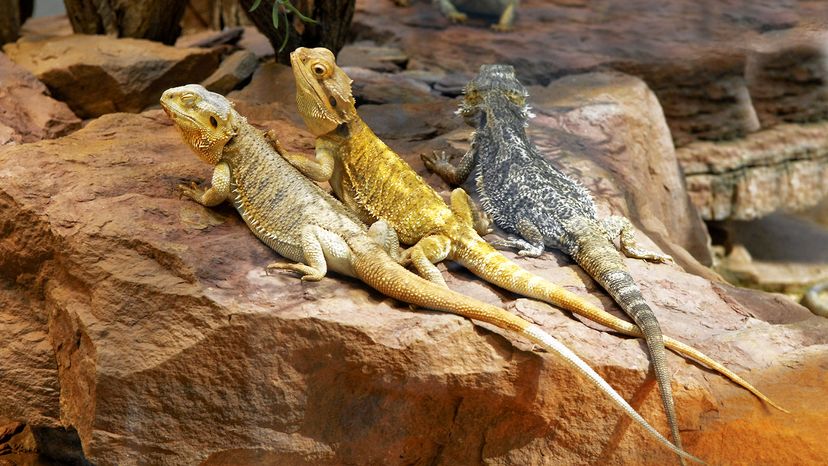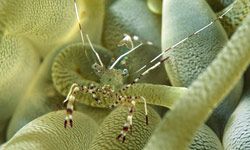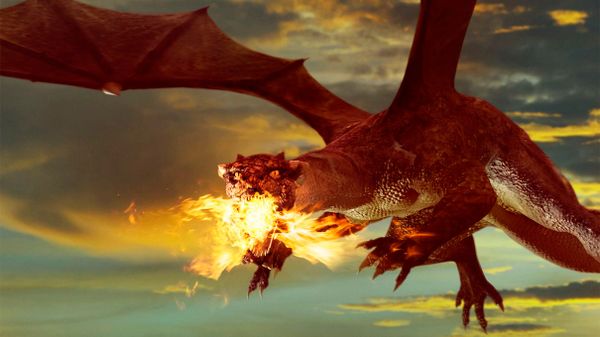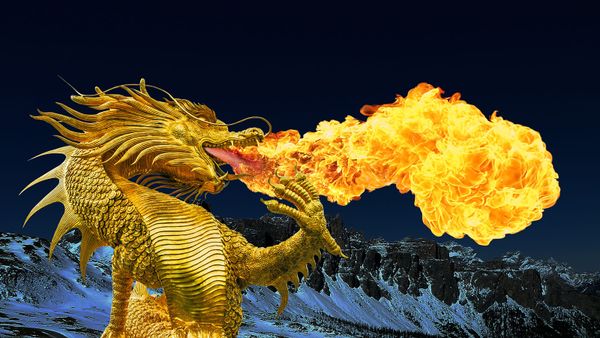
OK, so they don't breathe fire, they don't fly, and you can't ride them into battle, but bearded dragons are pretty cool pets. They're chill, they come in different colors and patterns, and they get all blissed-out when their heat lamps are perfectly positioned.
Before you become Queen Sarah, the First of Her Name, Queen of Dragonstone, Breaker of Chains and Mother of Dragons, there are a few things to consider. For example, how much do you really like crickets?
Advertisement
First, let's talk about bearded dragons (Pogona vitticeps) in general. They're technically lizards native to Australia. In the wild, they live in rocky and arid regions, and you might find them lounging on branches, sunning on rocks, or chilling in the bushes and shade.
These large lizards have triangular heads and flat bodies, and they're covered with soft, spiny scales. Bearded dragons make great pet reptiles because they don't get too big, they're omnivorous (which means they eat lots of different foods) and they're surprisingly gentle.
Advertisement


